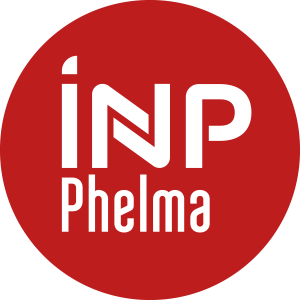Number of hours
- Lectures 20.0
- Projects 0
- Tutorials 14.0
- Internship 0
- Laboratory works 4.0
ECTS
ECTS 3.0
Goal(s)
The course introduces definitions and fundamentals concepts of the reactor physics which will allow later to develop the reactor theory, in particular the reactor neutron balance equations, the feedback effects, the reactor kinetics and dynamics behavior. The elements provides by this course should allow the student to understand the main neutronics phenomena occurring in a nuclear reactor and to make first order of value estimates of relevant neutronics parameters (e.g. neutron cross-sections).
Contact Nicolas CAPELLANContent(s)
1) Nuclear energy: biding energy, fusion and fission, fisile and fertile nuclides, nuclear fission process, delayed neutron.
2) Neutron interactions with materials: microscopic and macroscopic cross-sections, reaction rates, energy dependency of neutron cross-sections, temperature effet, differential cross-sections.
3) Equilibrium chain reaction: neutron flux, neutron spectrum, chain reaction, reactor criticality and multiplication factor, neutron balance in a PWR, diffusion approximation.
4) Working principles of a nuclear reactor: nuclear reactor core composition, fast and thermal spectrum reactor, operation of a PWR
Prerequisites
Nuclear physics
Quantum physics
The students are evaluated from a 2-hour written exam.
All documents are forbidden at the written exam.
A calculator is required.
1 CC (PhyNu)
1 DS 2h (Physique des réacteurs)
0.15*CC + 0.85*DS
Barjon, Physique des Réacteurs Nucléaires
Ligou, Introduction au Génie Nucléaire
Soutif, Physique Neutronique
Reuss, Précis de Neutronique
Lamarsh, Introduction to nuclear engineering
Stacey, Nuclear reactor physics
Krane, Introductory nuclear physics
Foster and Wright, Basic nuclear engineering
Henry, Nuclear reactor analysis



